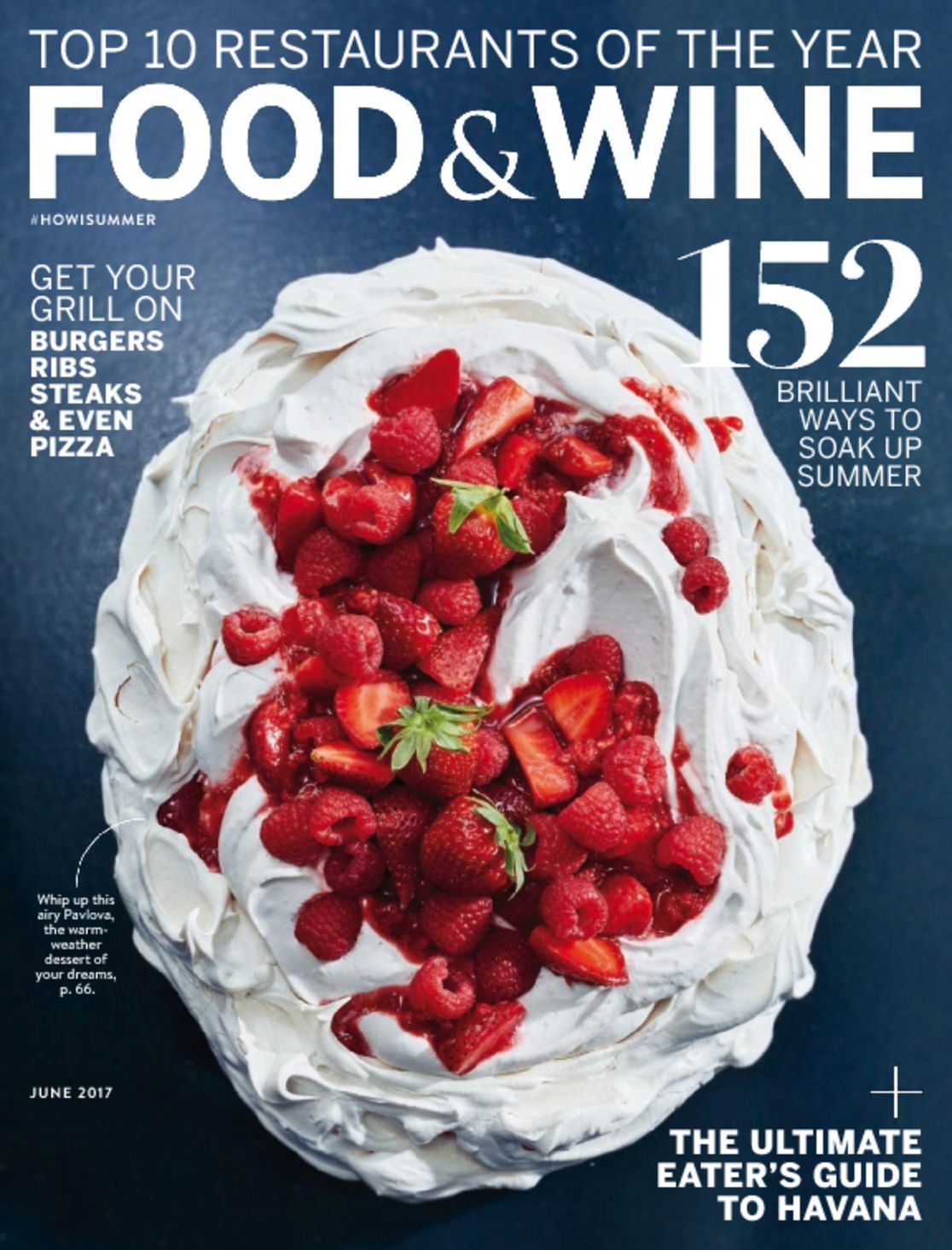Two months ago, I was invited to participate in a project for
Food & Wine magazine being helmed by Robert Simonson, a writer I hold in high esteem. The pitch went like this:
"The idea is to catalogue the 25 most significant and influential and just plain excellent Bourbons ever distilled since they started distilling Bourbon. These could be adjudged so for a variety of reasons: innovation, historical significance, social significance, method of production, quality, etc. They can be extant Bourbons handily found on the shelf, or Bourbons that are hard to get, or Bourbons that are extinct and impossible to get and only live on in memory."
The finished product, on the
Food & Wine website, is
here.
It is disappointing.
What went wrong? It is hard to say. You will notice that all of the products pictured can be purchased today, albeit with difficulty in some cases (e.g., Van Winkle). Was that always the plan? Or was it the decision of an editor, perhaps sensitive to the article's advertising-seeking potential? It is implausible that all of the "25 most important bourbons ever made" are still available. Where are the avatars of "innovation, historical significance, social significance, method of production, quality, etc." from the past? Some of that is in the text, but the overall result is confusing.
Take Michter's, for example. The picture shows a current iteration of Michter's, but the short blurb that accompanies it accurately states that, "This old Pennsylvania distilling name got new life in the 1990s under new owners who sourced, rather than made, their whiskey." It is hard to tell a complicated story in 100 words or less. (It took me
more than 100 pages.)
One could argue that Michter's is important for two reasons. The old Michter's, which had a brief history under that name, died in 1990. A few years later, the present owners claimed the abandoned trademark and made good use of it. The whiskey they sourced was excellent and the Michter's line became a leader in the super-premium segment of the market. In August of 2015 (not 2012, as the article states), this Michter's became a distiller, operating a new distillery in the Louisville suburb of Shively.
But the original Michter's was also important, for many reasons but in bourbon lore for being the source of the legendary A. H. Hirsch Reserve Bourbon, the history of which is told in
The Best Bourbon You'll Never Taste.
Many of the other selections have a similar problem, trying to combine multiple points of significance into a 100-word blurb under a picture of a modern product that may have little or no relationship to the story being told. Then you realize that the list represents a ranking and comes to the conclusion that Maker's Mark is the most important bourbon of all time, which is absurd on its face. Apparently, the method was to add up how many people mentioned a given brand name. Maker's was mentioned most often, hence it was judged the most important.
Here, for what it is worth, is what I submitted:
Old Oscar Pepper/Old Crow made during Dr. Crow’s lifetime, so pre-1856. Crow introduced many practices we take for granted, such as the sour mash process and routine aging. None of his whiskey has survived. I’ve never tasted it, nor probably has anyone in more than a century. Its significance is that it fundamentally changed how bourbon was made.
Very Very Old Fitzgerald, 12-year-old. It was a 12-year-old wheated bourbon made at the Stitzel-Weller Distillery and just about perfect, as in perfectly balanced. It was generally available from the late 50s until about 1990. I’ve gone through several bottles. I have none left.
Abraham Bowman 18-year-old rye-recipe bourbon from Sazerac. It came out in about 2012. Very limited. Very old bourbons are hit-or-miss. They miss more often than not or are okay but nothing special. Very rarely are they exceptional. This one was. I had one bottle. It is long gone.
A. H. Hirsch Reserve Bourbon, any bottling. A rye-recipe bourbon made by a doomed Pennsylvania distillery during a couple of weeks in 1974, that became a phenomenon and is genuinely great whiskey too. Most of it was sold at 16-years-old but even the 20-year-old is terrific. I’ve tasted them all and still have one or two bottles.
Weller 12-year-old. The closest you can get today to the taste of those great Stitzel-Weller wheaters of yore. Still made and widely available though often in short supply as its reputation as ‘poor man’s Pappy’ has spread.
Wild Turkey Kentucky Spirit. On the rye-recipe side of the ledger, Kentucky Spirit stands out as an exemplar. It is simply everything you want in a rye-recipe bourbon. Still made, widely available, and modestly priced for what you get.
Parker’s Heritage Collection Master Distiller’s Blend of Mashbills Bourbon (2012). On paper, it’s just a mixture of Heaven Hill’s 11-year-old rye-recipe bourbon with Heaven Hill’s 11-year-old wheated bourbon. The proportions were never revealed. To me, it is one of the best bourbons ever made and a great example of what a veteran master distiller at the height of his powers can accomplish.
Robert Simonson is a terrific writer who I know personally, and who has written kindly about me on at least two occasions. If you read the piece, ignore the photographs and modify some of the subheads, a very different story emerges, one that reads a lot more like the way he writes. I won't embarrass him by asking what went wrong. It only matters what is on the page. Whatever the reason, the article as presented is confusing and unsuccessful. It does not deliver what the headline promises.
By the way, I'm about halfway through Simonson's book from last year,
A Proper Drink. So far, it is a delight. More later.






